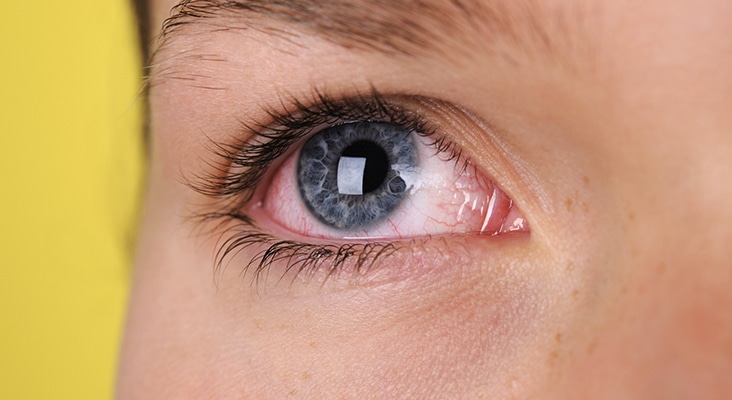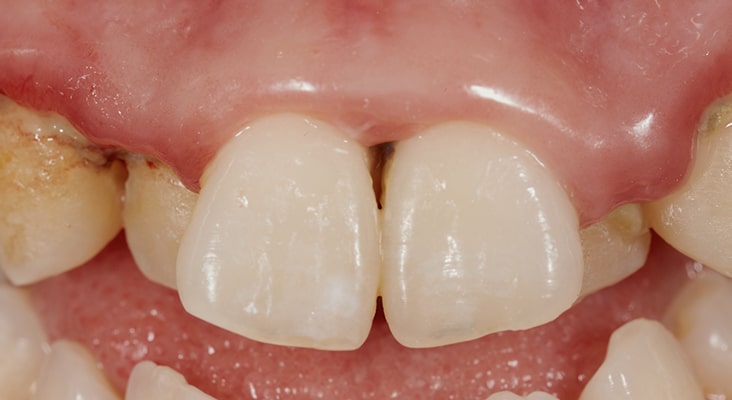What You Need to Know About Synthetic Cannabinoids
Synthetic cannabinoids are man-made drugs manufactured to resemble the chemicals in marijuana plants. The chemicals are sprayed onto plant material, which is then smoked or converted into liquid to be vaped, similar to how marijuana is used.

Synthetic Cannabinoids Defined
Synthetic cannabinoids are man-made drugs manufactured to resemble the chemicals in marijuana plants. The chemicals are sprayed onto plant material, which is then smoked or converted into liquid to be vaped, similar to how marijuana is used. Synthetic cannabinoids may be purchased legally because drug manufacturers constantly change the chemical structure to circumvent drug laws. While marketed as safe and legal alternatives to marijuana, synthetic cannabinoids exert significant effects on the brain, causing a host of negative side effects, including acute toxicity and possible death.
Photo Credit: HighGradeRoots / iStock / Getty Images Plus

A Legal High
The use of synthetic cannabinoids is undetectable by traditional drug testing, giving it a reputation as a “legal high” and making it an attractive substitute to marijuana. Oral health professionals are in a unique position to educate patients and the public about synthetic cannabinoid use and its adverse effects, including oral health effects, while also providing resources and referral for intervention.
Photo Credit: Lothar Drechsel / iStock / Getty Images Plus

Consumption Methods
A variety of consumption methods are available for synthetic cannabinoids, such as smoked in joints and/or pipes, ingested, used in tea, and vaporized and inhaled in e-cigarettes or through the mouth and nose. Manufacturers sell these herbal incense products in colorful foil packages and liquid incense products, marketing them under myriad names to appeal to young people. Synthetic cannabinoids may be called K2, spice, joker, black mamba, kush, and chronic. Most new psychoactive substances (NPS) are manufactured in China without regulation and then smuggled into the United States. They are sold via the internet, in head shops (stores selling drug-related paraphernalia), smoke shops, convenience stores, and gas stations. NPS use is popular among athletes, soldiers, and parolees, because they can be consumed without being detected on the mandatory drug tests common among these populations.
Photo Credit: jdwfoto / iStock / Getty Images Plus

Side Effects
States across the country have been experiencing an uptick in adverse medical events associated with synthetic cannabinoid use. In September 2013, 76 patients—mostly young men—visited emergency departments in Aurora, Colorado, due to toxic exposure to black mamba, a type of synthetic cannabinoid. Those affected experienced altered mental status and tachycardia followed by brachycardia. Most were treated in the emergency department, but seven required admission to intensive care units. Product analysis confirmed the offending substance was a molecule known as ADB-PINACA, a novel synthetic cannabinoid. Exposure to this substance was associated with neurotoxicity and cardiotoxicity; however, evolving types of synthetic cannabinoids have been associated with seizures, ischemic stroke, cardiac toxicity, and acute kidney failure.
Photo Credit: Adam Calaitzis / iStock / Getty Images Plus

Strategies for Oral Health
Health care providers need to be familiar with synthetic cannabinoids so they can provide information and referral for treatment and/or intervention. Indicators of recent synthetic cannabinoid use may include conjunctival injection (red sclera); breath with a smoky, chemical smell; tachycardia; hypertension; lightheadedness; and headache. Similar to tobacco and marijuana use, patients who consume synthetic cannabinoids are at increased risk of xerostomia, which is associated with increased caries risk, staining, and oral malodor. Chronic smoking can create inflammation of the oral epithelium, leukoplakia, periodontal diseases, and delay wound healing. Marijuana users tend to have poor oral hygiene compared with nonusers and this may also be true for synthetic cannabinoid users.
Photo Credit: DawnPoland / E+

Safe Treatment in the Dental Setting
Vital signs are often increased with marijuana use and careful intra- and extraoral examination may include signs, such as lack of oral hygiene; dilated pupils; red, inflamed, or bloodshot eyes; mucosal dryness; heavy biofilm; moderate to severe gingival inflammation; and caries. Patients with substance abuse problems tend to delay dental care, which is reflected in their oral health status. Following an assessment, the next steps include composing a dental hygiene diagnosis, identifying priorities based on the patient’s needs, and discussing these findings with the patients. Patients should be educated on the importance of biofilm control and how to effectively accomplish this at home. Oral health professionals must be aware of the characteristics that suggest possible use of synthetic cannabinoids and provide an appropriate dental hygiene care plan and education regarding the negative health effects of usage.

